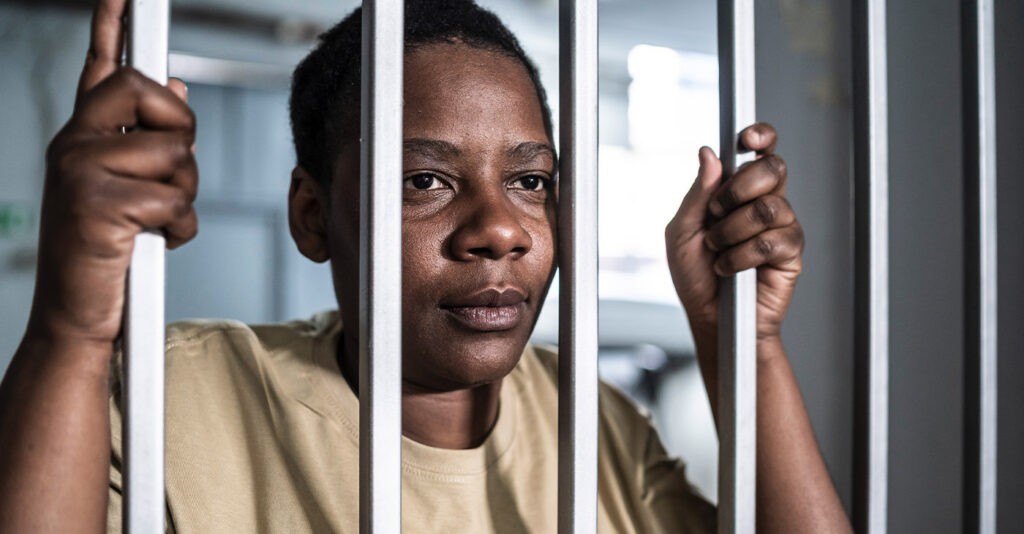By Stacy M. Brown
NNPA Senior National
Correspondent
The collateral consequences of a criminal conviction often amount to a lifelong disadvantage, particularly for African Americans. According to the Sentencing Project, in 2010, one in three (33%) African American adult men had a felony conviction on their record, compared to 13% of all adult men.
Researchers found that employers discriminate against job candidates who have criminal histories, especially against those who are Black. Further, application questions about criminal histories deter some people from applying to certain jobs and colleges, with a 2017 study finding that nearly half of unemployed men had a criminal conviction.
Additionally, almost one-third of all U.S. jobs require an occupational license, and many licensing boards bar or impose cumbersome obstacles for people with criminal records.
Fee-based programs to seal criminal records also exacerbate racial disparities., and the Sentencing Project noted that these policies stand in stark contrast to a growing evidence base showing that post-incarceration employment prevents recidivism and that tackling heightened labor market discrimination against Black people with criminal records would reduce recidivism rates.

The Sentencing Project has again highlighted a critical element causing inequalities in incarceration with “One in Five: How Mass Incarceration Deepens Inequality and Harms Public Safety.” The report highlights laws and policies that worsen inequality and unfairly burden communities of color. Initiated to provide an in-depth analysis of racial inequities within America’s criminal legal system, the series of reports covers a spectrum of topics.
From the progress made in the 21st century in reducing the U.S. prison population to disparities in crime and policing, the series also explores the key causes of racial and ethnic disparities in imprisonment. Additionally, it highlights reforms that have played a pivotal role in mitigating these sources of disparity.
“A primary driver of disparity within the U.S. criminal legal system is the multitude of laws and policies that intensify economic and social inequalities, diverting public spending from effective public safety investments,” stated Nazgol Ghandnoosh, Co-Director of Research with The Sentencing Project and lead author of the report. Ghandnoosh emphasized the importance of protecting and expanding promising reforms initiated by states and local jurisdictions nationwide.
The report delves into various criminal legal laws and policies, including fines, fees, predatory pricing, exploitative wages, collateral consequences, and the diversion of adequate investments in public safety. The report proposes two key strategies to eliminate racial disparities in incarceration, including addressing sources of inequality by limiting socioeconomic disadvantage resulting from a criminal conviction and significantly increasing investments in effective public safety programs.
The “One in Five” series concludes with a call to action, emphasizing the need for durable investments in communities of color, a reduction in policing footprint, and ongoing efforts to tackle critical drivers of racial disparity.
“Certain regulations intensify the marginalization of justice-involved people – who are disproportionately people of color – by wearing down economic and social buffers against crime and increasing the likelihood of police contact,” added Ghandnoosh.








